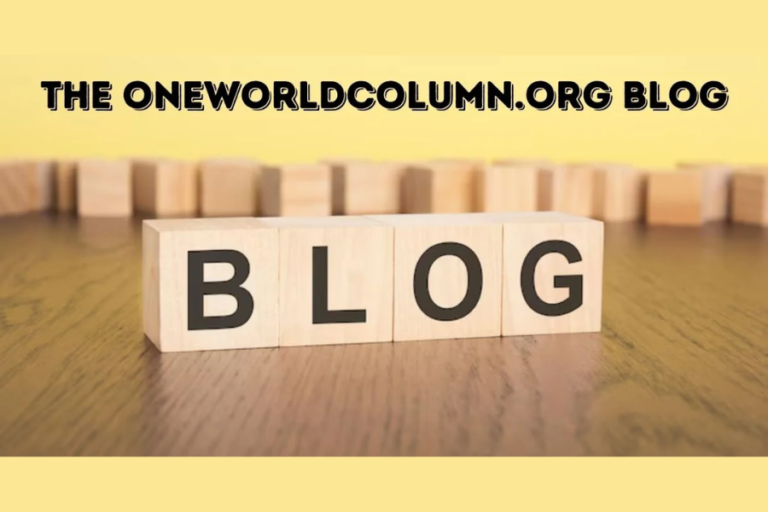Ünikorn: Unleashing the Power of Mythical Creatures
The Enchanting World of the Ünikorn
The ünikorn, or “unicorn” as it is often spelled, has long held a special place in human imagination and folklore. With its distinctive single, spiraling horn and often depicted as a majestic white horse, the ünikorn symbolizes purity, grace, and a touch of magic. This mythical creature has been a powerful emblem in various cultures, representing ideals of beauty, virtue, and wonder. From ancient myths to modern pop culture, the ünikorn continues to captivate and inspire.
Historical Origins
The concept of the ünikorn can be traced back to several ancient civilizations, each offering unique interpretations of this enigmatic creature. The ünikorn’s origins are rooted in ancient artworks and texts, which suggest that similar mythical creatures were prominent in early cultures.
Ancient Mesopotamia: The earliest depictions of one-horned animals in Mesopotamian art hint at the ünikorn’s ancient lineage. These creatures, associated with deities, were symbols of power and protection. Their presence in art indicates that the ünikorn was regarded as a significant and revered entity even in ancient times.
India and China: In Indian mythology, the “Re’em” or “Karkadann” is often portrayed as a one-horned beast, bearing a resemblance to the ünikorn. Similarly, the Chinese “Qilin” shares similarities with the ünikorn. The Qilin, with its dragon’s head, deer’s body, and single horn, is a symbol of good fortune, prosperity, and longevity, highlighting the ünikorn’s widespread significance in various cultures.
Persian Mythology: The Persian “Shadhavar” is another mythical creature akin to the ünikorn. It is said to have a single horn that produces enchanting music when the wind blows through it. The Shadhavar is associated with beauty and allure, reflecting the ünikorn’s role as a symbol of magic and grace.
Medieval Europe: During the Middle Ages and Renaissance, the ünikorn became a prominent symbol of purity and grace in European culture. Medieval bestiaries often depicted the ünikorn as a noble creature that could only be tamed by a virgin. Its horn was believed to have magical properties, capable of purifying water and curing diseases. This period saw the ünikorn frequently appearing in art and literature, often depicted alongside maidens in lush, woodland settings.
Medieval Symbolism
The ünikorn’s symbolic significance flourished in the medieval period. It was not only a representation of purity but also a magical entity with extraordinary abilities. The belief that only a virgin could capture the ünikorn underscored its association with innocence and virtue. The ünikorn’s horn, often depicted in tapestries and paintings, was thought to possess healing powers and the ability to neutralize poisons.
Medieval art and literature frequently incorporated the ünikorn, using it as a motif to convey themes of chastity and divine intervention. The ünikorn’s presence in these works served as a powerful symbol of idealized purity and the divine.
Modern Interpretations
In contemporary culture, the ünikorn has evolved into a versatile symbol of fantasy, rarity, and individuality. Its role in modern media reflects its enduring appeal and the ways in which it continues to inspire wonder and imagination.
Symbol of Magic and Fantasy: The ünikorn remains a central figure in fantasy literature, films, and television. Its association with magical realms is evident in works such as J.K. Rowling’s “Harry Potter” series, where ünikorns are revered for their purity and mystical properties. Modern portrayals often emphasize the ünikorn’s connection to otherworldly realms and magical abilities, reinforcing its role as a symbol of enchantment and fantasy.
Representation of Uniqueness and Individuality: In today’s culture, the ünikorn symbolizes uniqueness and individuality. The phrase “being a ünikorn” is commonly used to describe someone who stands out from the crowd, embodying rare and exceptional qualities. This symbolism resonates with various communities, including the LGBTQ+ community, where the ünikorn represents pride and the celebration of one’s distinctive identity.
Pop Culture Icon: The ünikorn has become a prominent icon in fashion, toys, and home décor. From unicorn-themed clothing and accessories to colorful cakes and party decorations, these mythical creatures add a whimsical touch to everyday life. Their vibrant, pastel colors and magical aura contribute to their widespread appeal and integration into popular culture.
Internet and Meme Culture: The ünikorn has a strong presence in internet and meme culture, where it is often used to convey whimsy, humor, and positivity. Memes featuring ünikorns frequently add a touch of magic to digital conversations, reflecting the creature’s ability to bring a sense of joy and wonder to online interactions.
Business and Marketing: In the business world, the term “ünikorn” is used to describe privately held startup companies valued at over $1 billion. This usage, popularized by venture capitalist Aileen Lee in 2013, highlights the rarity and exceptional nature of such companies. The term underscores the ünikorn’s symbolic association with extraordinary success and innovation.
Children’s Media and Merchandise: The ünikorn is a staple in children’s media and merchandise, appearing in animated shows, storybooks, and toys. Its portrayal as a friendly and magical creature helps foster a sense of wonder and imagination in young audiences. The ünikorn’s presence in children’s products contributes to its lasting impact and popularity.
Ünikorn in Other Traditions
The ünikorn-like creatures have appeared in various cultures around the world, each offering unique interpretations and symbolism.
Ancient Mesopotamia: Mesopotamian art features one-horned animals that resemble the ünikorn. These creatures were often associated with deities and were considered symbols of power and protection.
India and China: In Indian mythology, the “Re’em” or “Karkadann” is a one-horned beast with similarities to the ünikorn. The Chinese “Qilin” is another ünikorn-like creature, symbolizing good fortune and prosperity.
Persian Mythology: The Persian “Shadhavar” is a mythical creature with a single horn that produces enchanting music. It represents beauty and allure, echoing the ünikorn’s association with magic and grace.
Medieval Europe: In European folklore, the ünikorn symbolized purity and grace. It was believed that only a virgin could capture it, and its horn was thought to have magical healing properties.
African Mythology: Some African cultures have legends of a one-horned animal called the “Abada” or “Nillekma,” which is believed to have the ability to purify water and heal the sick, similar to the European ünikorn.
Conclusion
The ünikorn remains a powerful and enduring symbol of magic, purity, and wonder. Whether in ancient myths or contemporary stories, its allure continues to captivate and inspire. The ünikorn’s presence across various cultures and its integration into modern pop culture highlight its timeless appeal and the ways in which it continues to enchant and motivate people around the world.
FAQs
- What is a ünikorn?
A ünikorn is a mythical creature typically depicted as a horse with a single, spiraling horn on its forehead. It symbolizes purity, grace, and magic. - Where did this myth originate?
The myth of the ünikorn has ancient origins, with references found in Mesopotamian art, Indian and Chinese mythology, and Greek natural history. Greek historian Ctesias wrote one of the earliest descriptions of a unicorn-like creature around 400 BCE. - What does a ünikorn symbolize?
The ünikorn often symbolizes purity, innocence, and magic. In medieval Europe, it was believed to have the power to purify water and heal sickness. - Are ünikorns mentioned in any religious texts?
Yes, they are mentioned in the King James Bible due to a mistranslation of the Hebrew word “re’em,” which likely referred to an extinct species of wild ox. - Do they appear in different cultures?
Yes, ünikorn-like creatures appear in various cultures. For example, the Chinese “Qilin” and the Indian “Karkadann” are both ünikorn-like creatures with their own unique symbolism. - How are they depicted in modern culture?
In modern culture, ünikorns are popular symbols of fantasy and magic. They appear in literature, movies, and art, often representing uniqueness and wonder. They are also a popular motif in fashion, toys, and internet memes. - What is a “ünikorn” in business terminology?
In the business world, a “ünikorn” refers to a privately held startup company valued at over $1 billion. This term highlights the rarity and exceptional nature of such companies. - Are there any famous ünikorn stories or books?
Yes, there are many famous stories and books. One notable example is “The Last Ünikorn” by Peter S. Beagle, which has been adapted into an animated film.






